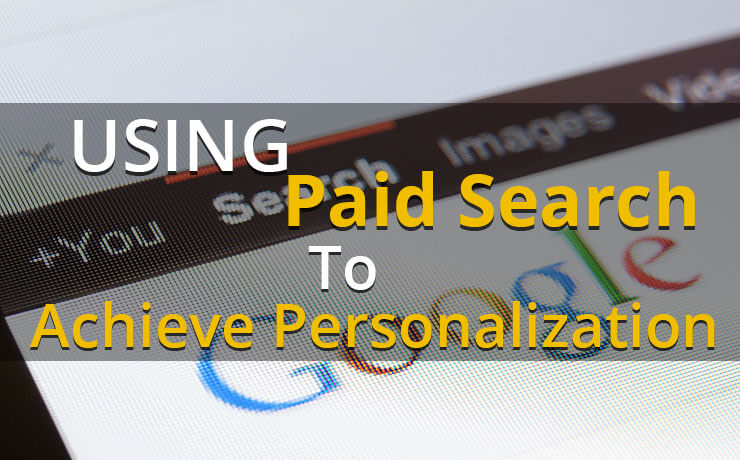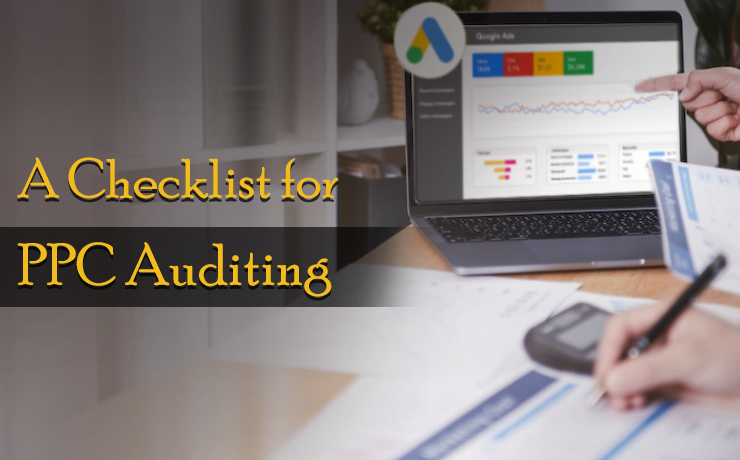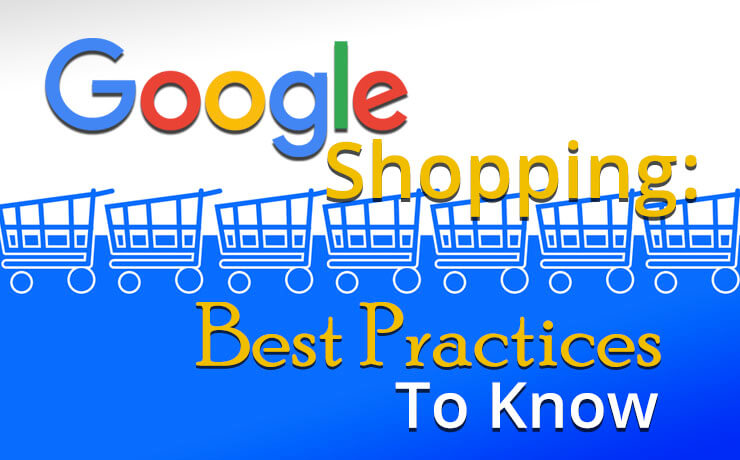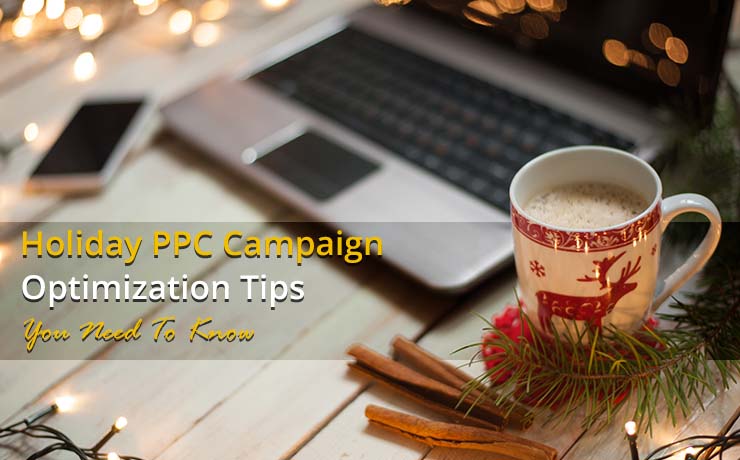Using Paid Search To Achieve Personalization

Chad Faith
Director of Content

Paid search is fast becoming a stellar channel for personalization. More online marketers are discovering that personalization is key to establishing a real and solid connection with consumers. Today, it’s all about that valuable, adaptive, and personal connection. If you are thinking of using paid search to achieve personalization, you are definitely on the right track.
Using Paid Search to Achieve Personalization | Concept Explanation
Firstly, you need to know that paid search works pretty well on mobile because a majority of search traffic now originates from smartphones, tablets, and more. What’s more, mobile devices have a narrow layout that makes paid search placements appear centre; right in front of the user’s vision. Since the user has to do more scrolling to move past, they are more likely to see your ad. This effect has been shown to deliver stronger ROI in the long run.
So, how does personalization come into the picture? It refers to understanding the consumer at the moment they search, to adapt, and make them care about your PPC ad.
Using Paid Search to Achieve Personalization | How It’s Done
Basically, it is about tailoring your ad copy and personalizing your site/landing page according to what you have studied from remarketing data. The data includes people who had interacted with your site, people who bought your products before, as well as people who had shown affinity. In the world of paid search, affinity is a term given to someone who searches for things (elsewhere) that are similar to what you are selling or have featured online.
Here’s a sample process for your reference:
Let’s say a potential customer researches ‘vacations to Bali’ and they are directed to a PPC ad (through which they end up on your site and browse fares to Bali). While surfing the web at a later time, they will be presented with a personalized display ad for travel from their country to Bali. The bottom line is that you can obtain what you learn on, for example, Channel A, and adapt your messaging on other channels accordingly.
Using Paid Search to Achieve Personalization | Where to Start
One of the best places to start is with the list of contacts you already have. Whether you choose to use the Tailored Audiences feature on Twitter or Custom Audiences feature on Facebook, you will be able to upload a list of phone numbers and emails to your preferred ad platform to show your ads to your targeted group of people. Remember, you should not show your audiences regular old ads repeatedly. You need to make sure your ads are relevant to the content consumed via a particular channel. Simply put, keep your ad imagery and copy in-line with their needs and interests.
Common Tools that Can Help You Personalize Your Paid Search Ad Placements
- Google Keyword Planner
Google Keyword Planner is a keyword research tool for Google Adwords. It gives you access to ad group ideas, keywords, search traffic forecasts, and historical statistics. You should be aware that you may come across inaccurate data in some areas.
- Google Correlate
Google Correlate is a tool that allows users to find search patterns that correspond with real-world trends. For example, you can find search terms that draw a parallel with certain geographic locations, or terms that are most popular in summer.
If your gains from paid search personalization seem marginal at the beginning, keep in mind that they will likely grow as you continue to learn, test, and iterate in the direction of greater personalization.
 Free
Consultation
Free
Consultation Free
Google Ads Audit
Free
Google Ads Audit







